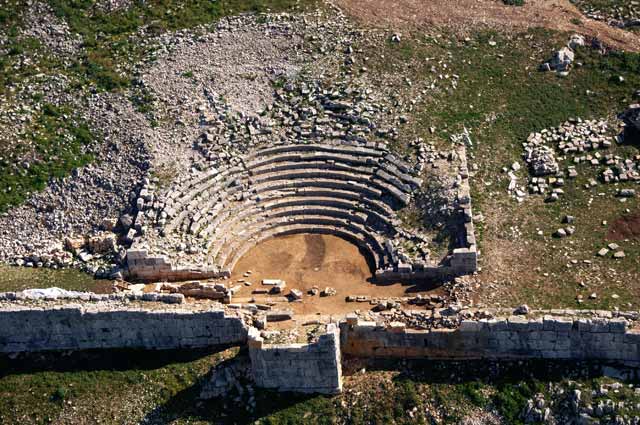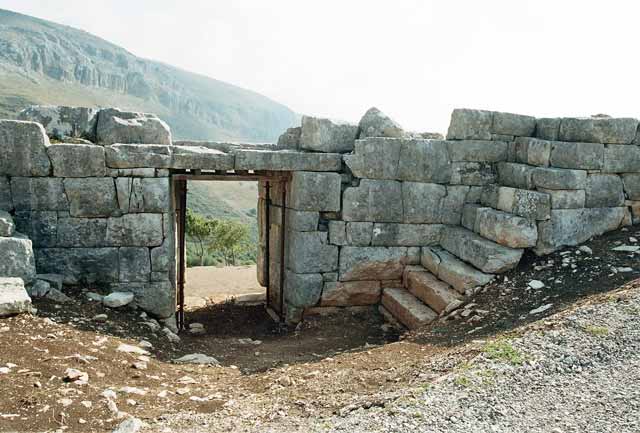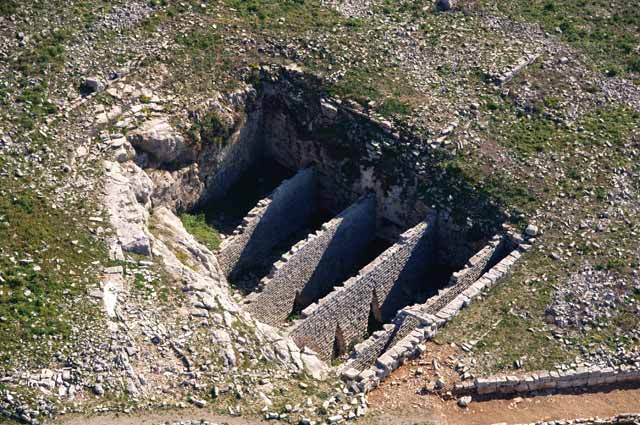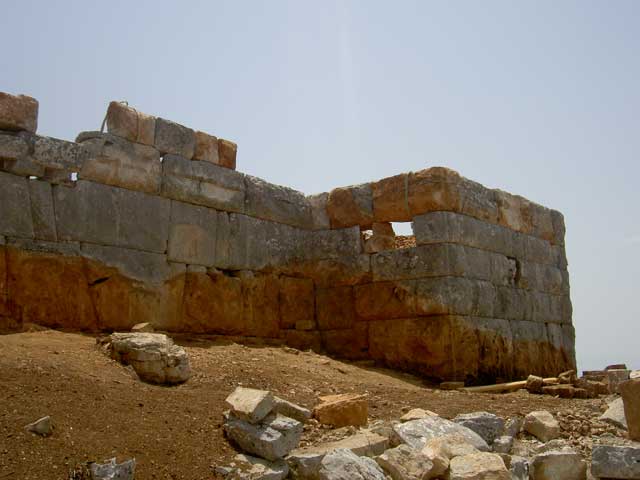Half day tour
Achaia Clauss
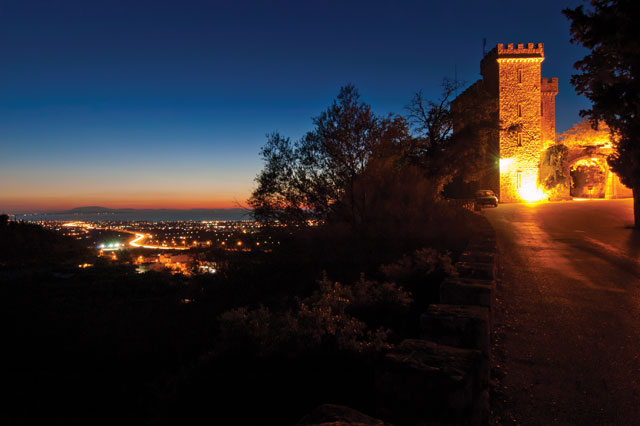
In 1861, Gustav Klaus founded a wine industry in Petroto, supplied primarily from private vineyards. The company focused on producing fine wines such as Mavrodaphne. Of particular interest is the “Imperial cellar”, where all the barrels bear names in honour of visits by Greek and foreign royalty. The oldest wine of Greece, an old Mavrodaphne of 1873 is kept in this place. All these years, Achaia Clauss has seen great glory. The important personalities who visited the winery include Otto von Bismarck, Franz Liszt, Eleftherios Venizelos, Melina Mercouri, the Empress Sissi of Austria, General Montgomery, Alexander Fleming, the Ecumenical Patriarch Bartholomew, Paul Koundouriotis, Aristotle Onassis, Omar Sharif and the Kings Gustav Adolf of Sweden, Georgios I, Constantine I, Georgios II of Greece, Queen Alexandra of Great Britain, Louise of Sweden, Queens Olga and Sophia of Greece and Princess Marie Bonaparte.
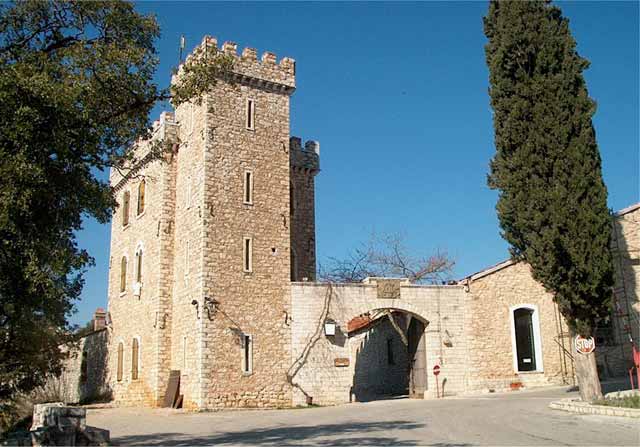
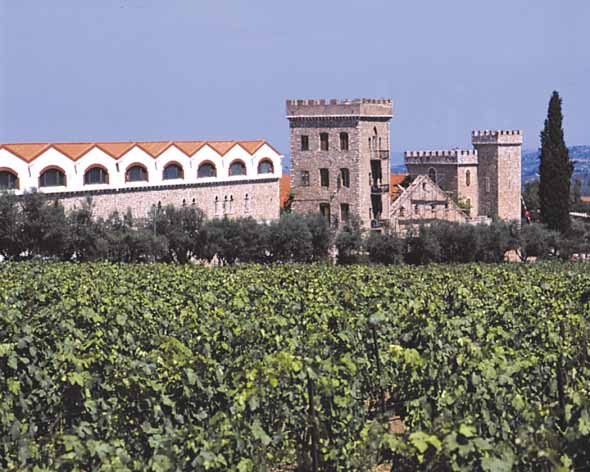
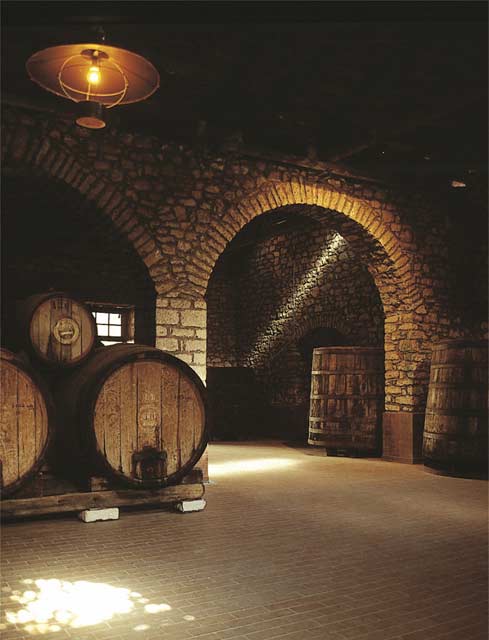
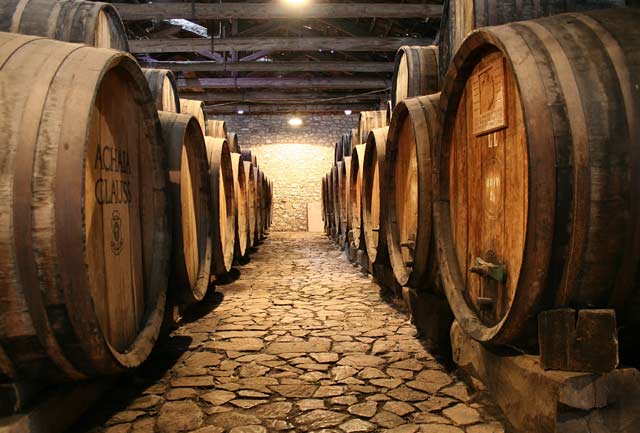
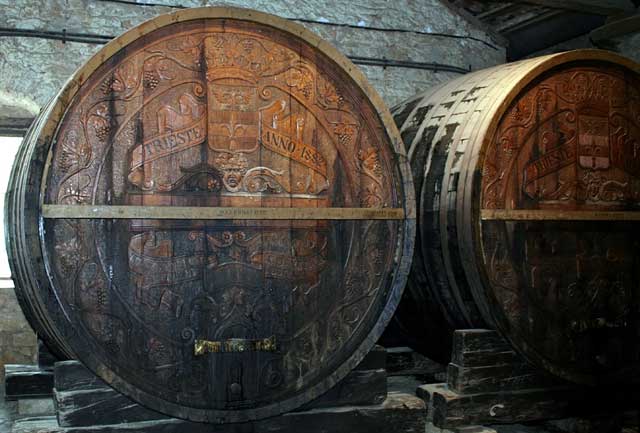
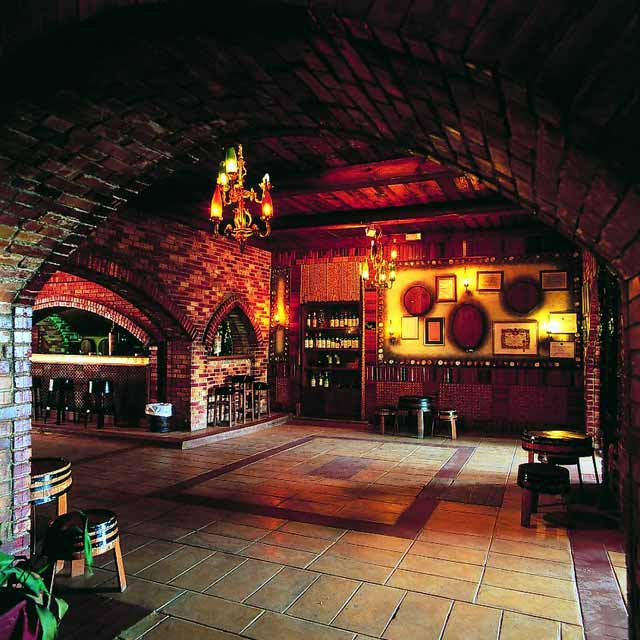

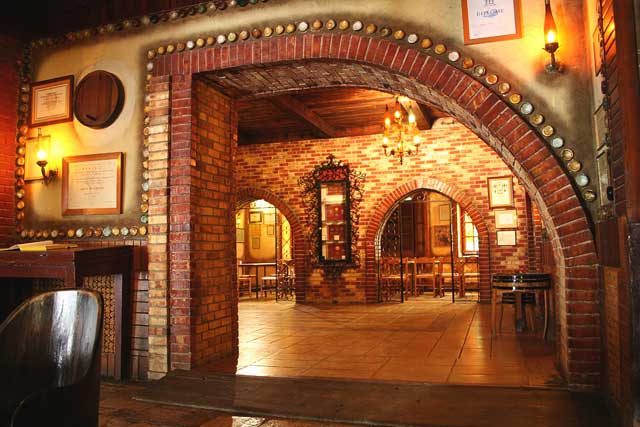
Archaeological Site of Voudeni
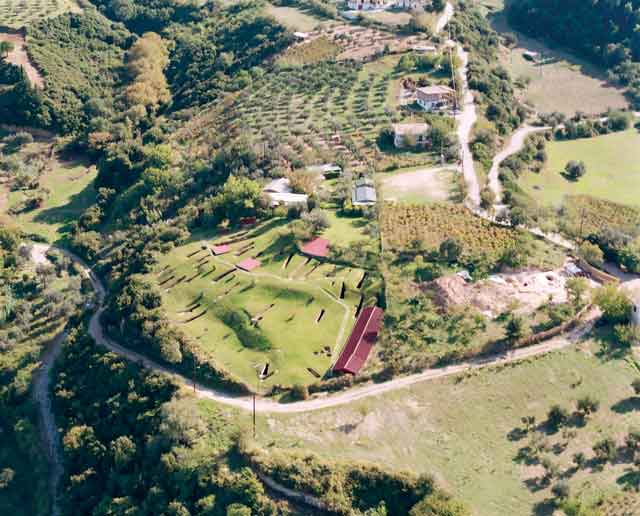
The Mycenaean settlement of Voudeni, 8km from centre of Patras, is one of the most important locations of the Mycenaean era, with a duration of almost five hundred years (1500 – 1000 B.C.), while the same location seems to have been populated from the Middle Helladic era up to the late Roman era (1800 B.C – 4th century A.D.).
The special characteristic of Voudeni is that both the village and the cemetery of the Mycenaean settlement have been investigated.
The village is located on the top of a hill with panoramic view to the Gulf of Patras and the Ionian. To the southeast of the village lies the necropolis of Voudeni, where to this day 78 tombs have been found and investigated, dug radially in the soft rocks of the area.
The study of the findings revealed elements suggestive of the wealth of the residents of the Mycenaean settlement, of their commercial and cultural contacts with other areas, such as Messinia, Lakonia, Argolidokorinthia, Crete, Italy, Levant-Anatolia and others, and promote the village of Voudeni as an important and significant Mycenaean centre in Achaia.
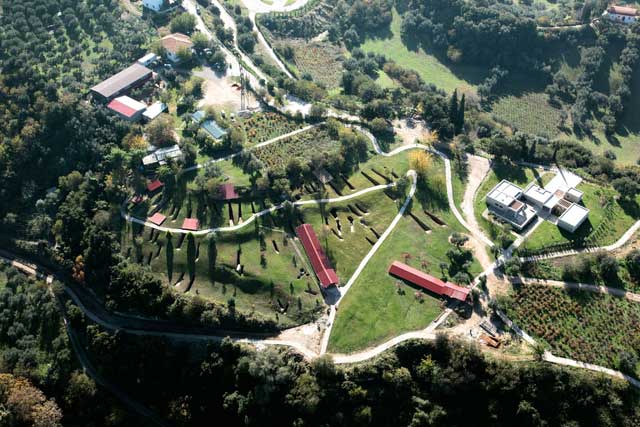
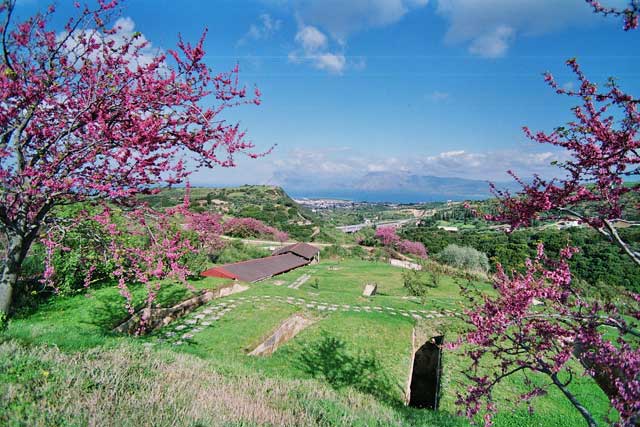
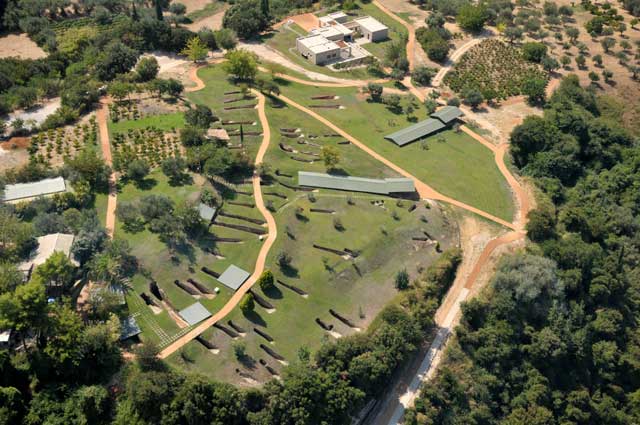
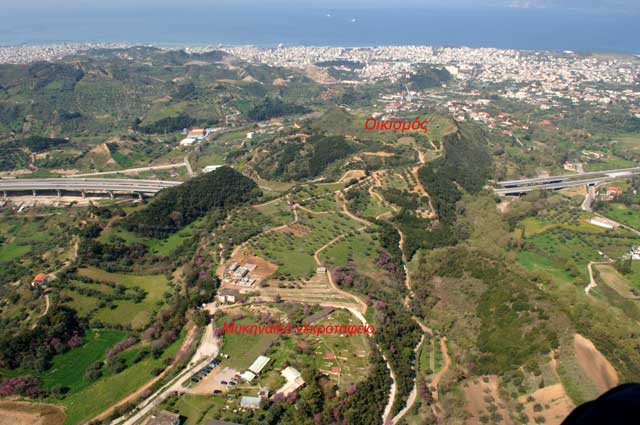
Rion-Antirion Bridge Museum
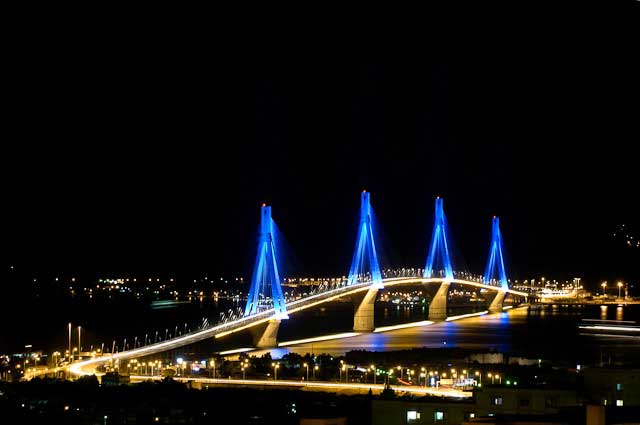
The completion of the Rion-Antirion Bridge marked a new era in traffic and transport for the entire western Greece. The Charilaos Trikoupis bridge (so named in honour of the first Greek politician who envisioned the project) which is the landmark of Greece in the 21st century, radically changed the geopolitical and economic landscape, annihilating distances and ushering in a new era. The Rion-Antirion Bridge is the longest multiple exposure cable-stayed bridge in the world, with a main board of 2,252 meters. Its foundations go down to 65 meters under sea level. Both this and the diameter of its foundations, at 90 meters, hold world records for bridges. So far, the bridge has been honoured by the international scientific community with nine international awards. The premises of the bridge tolls in Antirrion host an elegant permanent exhibition showing the history of the bridge’s construction.
Nafpaktos (Lepanto)
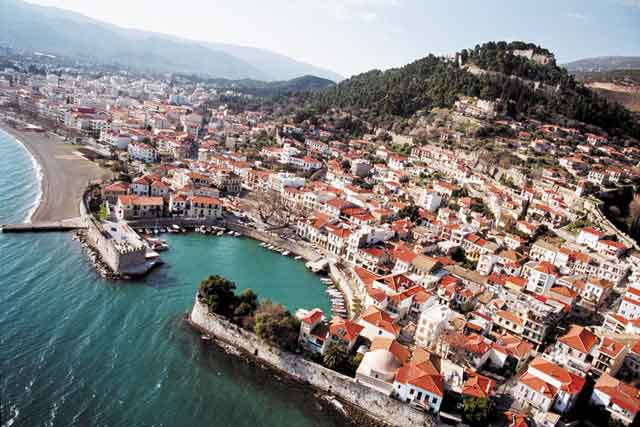
Located 15 km from Patras, Nafpaktos, which maintains its picturesqueness, is an easy and enjoyable destination for beauty, serenity, harmony, good food and a perfect place for entertainment. Its attractions include the castle on top of the pine-clad hill, the old town with its cobblestone streets, the imposing clock, the Papaharalampeios Library, the Farmakis collection with relics of the Greek Revolution of 1821 and the small Venetian harbour, surrounded by walls and flooded in the summer by many exquisite yachts. With a history of over 30 centuries, Nafpaktos has experienced many historic moments, crucial for the progress of the Greek nation, of Christianity and of European culture, culminating in the historic Battle of Lepanto in 1571, which halted the offensive of the Muslims in their effort to conquest Europe, which would have changed the course of history in an unimaginable way.
In mountainous Nafpaktos, visitors can visit villages with wonderful landscapes, such as Elatou, Ano Chora etc. and enjoy rafting in River Evinos.
Strofilia
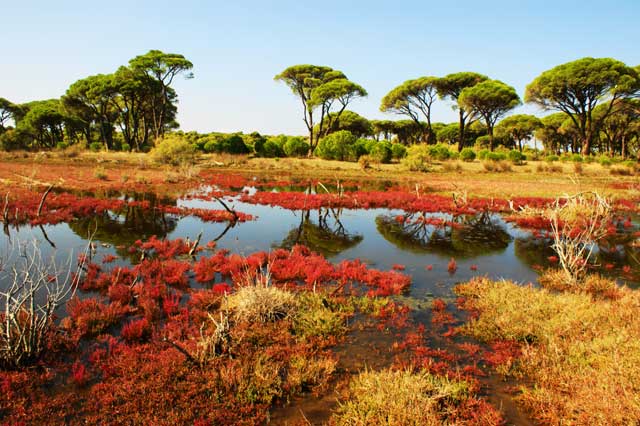
The forest ecosystem of Strofylia presents exceptional ecological interest, as it is the biggest Pinus pinea forest in Greece and one of the biggest in Europe. The other ecosystems of the area, such as the sandy hills, the sea and fresh water wetlands, the wet meadows and the sandy beaches with the sand dunes, are also very important. Despite human activities, a large section of the sand dunes is in good condition. The plant species Centaurea niederi, is a rare endemic specie of Greece, developing on the calcareous rocks in the area of Kalogria (hill Mavra Vouna). The sandy beach, particularly on the northern part of the area, has been cited as a spawning area for the Caretta – Caretta sea turtle.
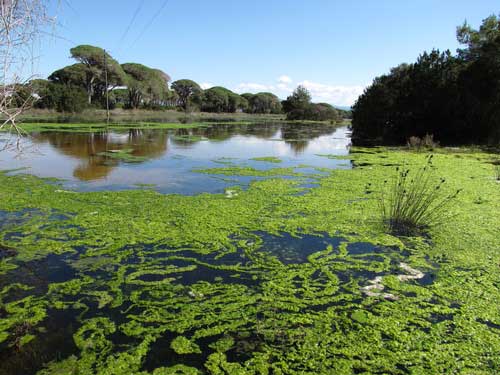
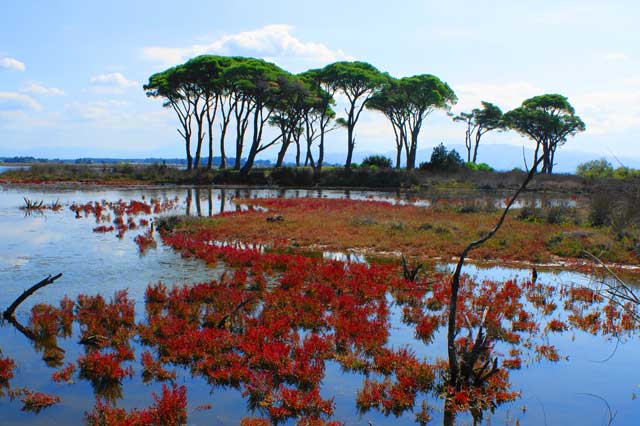
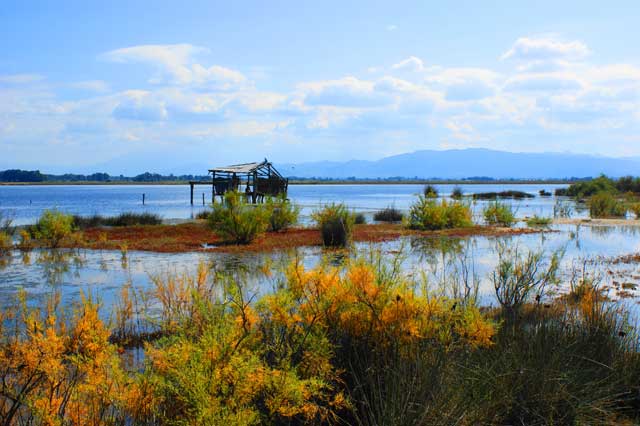
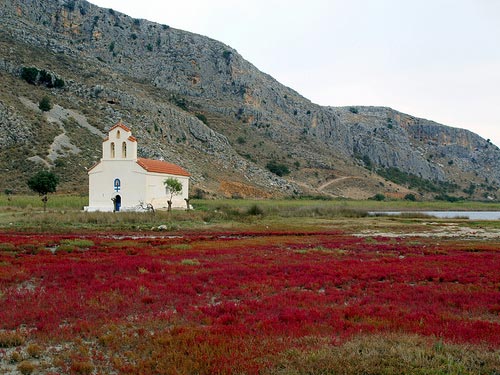
Acropolis of the Dymaion Wall
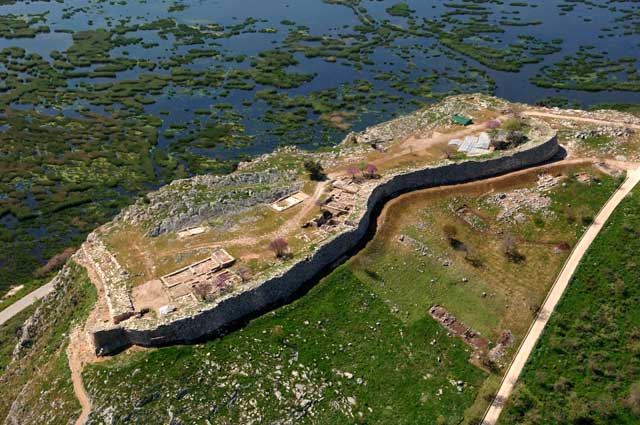
The prehistoric acropolis of the Dymaion Wall, in Araxos of Achaia (35km to the west of Patras), is a unique example of a fortified Mycenaean acropolis in Western Greece.
The long and intensive population of the Dymaion Wall (since the neolithic era – approx. 3500 B.C. – up to the 2nd World War) is attributed to its strategic location, with panoramic view to all the surrounding plain, the Dymaia land and the the coastline of the Gulf of Patras to the north and of the Ionian to the west, combined with the natural wealth of the peninsula of Araxos, and above all, the combination of land and sea on the intersection point of which the location is situated.
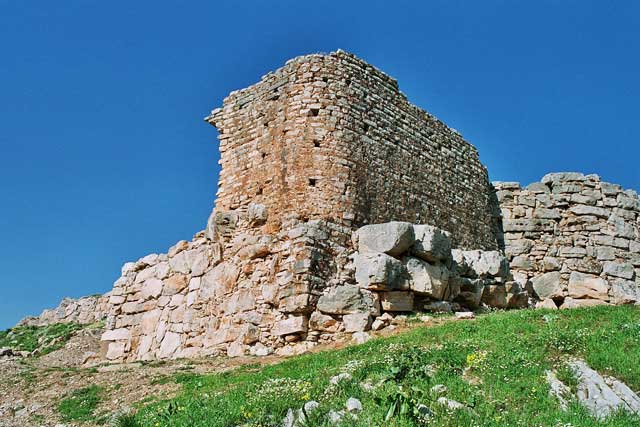
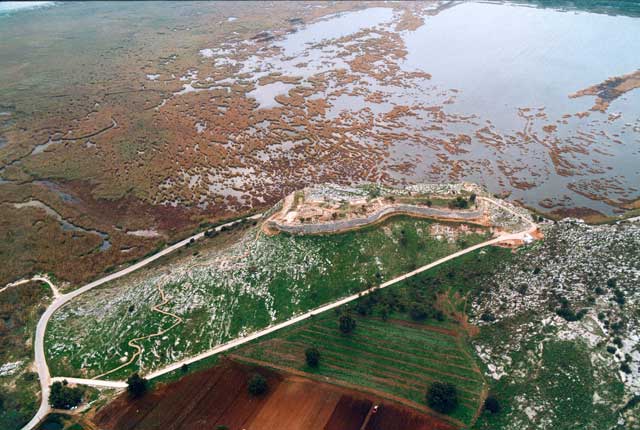
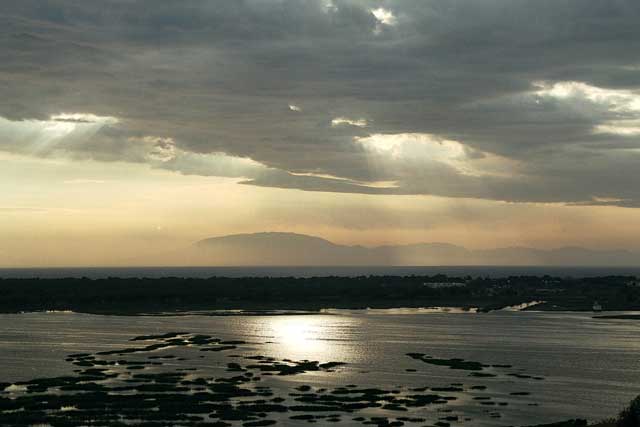
Portes
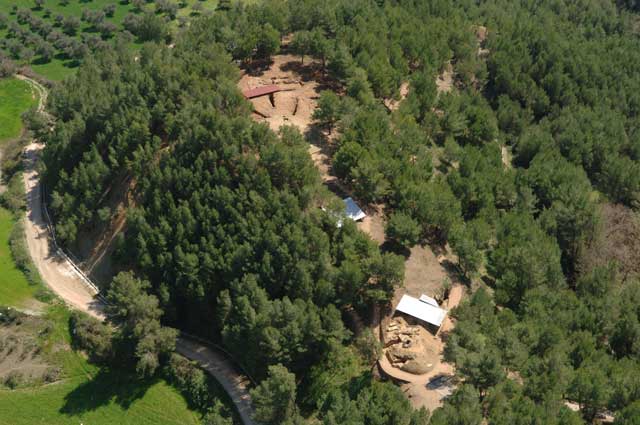
The archaeological site at Kefalovryso of Portes (approx. 45km to the south-west of Patras) is among the greatest ancient settlements in Western Greece, since it was where significant and unique relics of the Mycenaean era (1600 – 1000 B.C.) were found.
In the prehistoric cemetery of Portes one comes across a number of different burial practices, which provide vital information on the social, administrative and military organisation of the Mycenaean world. The burial of an official – warrior is unique; dated at the end of the 12th century B.C., it was found untouched in chamber tomb 3 and is perhaps the most significant Mycenaean burial of this period in Greece to this day. Among its findings are various clay pots and an exceptional series of bronze utensils and weapons.
To the north-west of the cemetery and very close to it, the ruins (wall foundations) of houses of the village have been examined, in a location of a rich natural source of water, Kefalovryso.
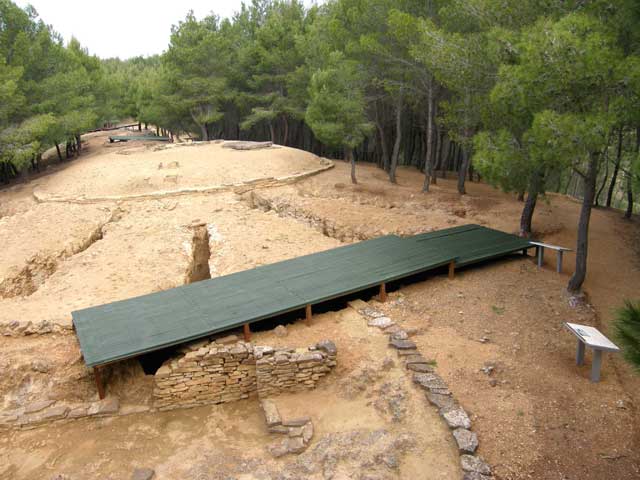

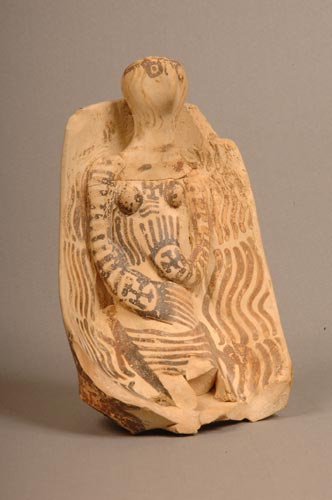
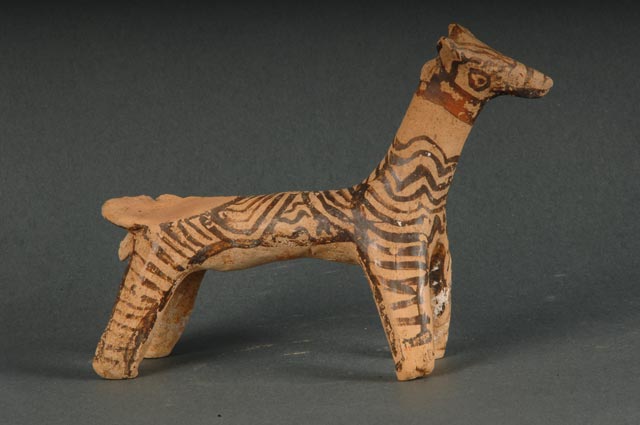
Nea Plevrona
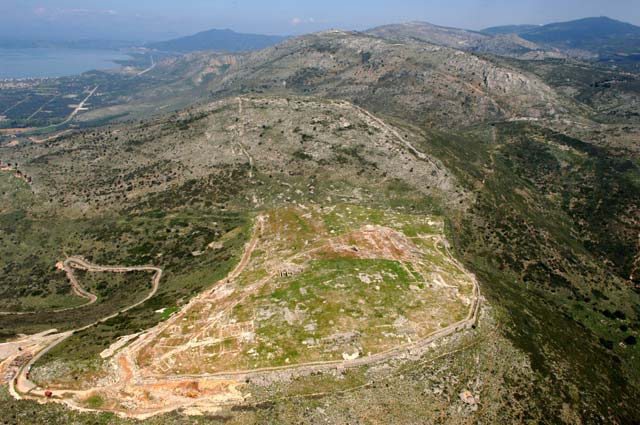
Nea Plevrona, 8km from Mesolongi, was built immediately after 235/4 B.C., when Demetrius II Aetolicus destroyed Palea (Old) Plevrona, located to the south by the low hills. The location of the new city ruins is prevailing on the surrounding valley, and the lagoon of Mesolongi, a fact suggestive of its significance as strategic point in antiquity.
Nea Plevrona is one of the most typical examples of the fortification technique of the Hellenistic period in the area and in Western Greece in general. The strong walls of the city are 2km long and 2-2,20m wide. It includes eight gates and thirty-six rectangular towers, approx. 5X5m.
The most typical monuments of the ancient city is the theatre, with the 16 rows of seats, the agora where the foundations of an arcade and a multitude of statues bases are preserved, the impressively large tank, carved on the rock, with dimensions 33Χ22m. and ruins of the settlement with building foundations and cobbled streets.
